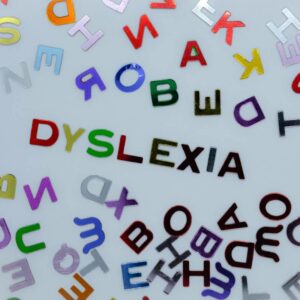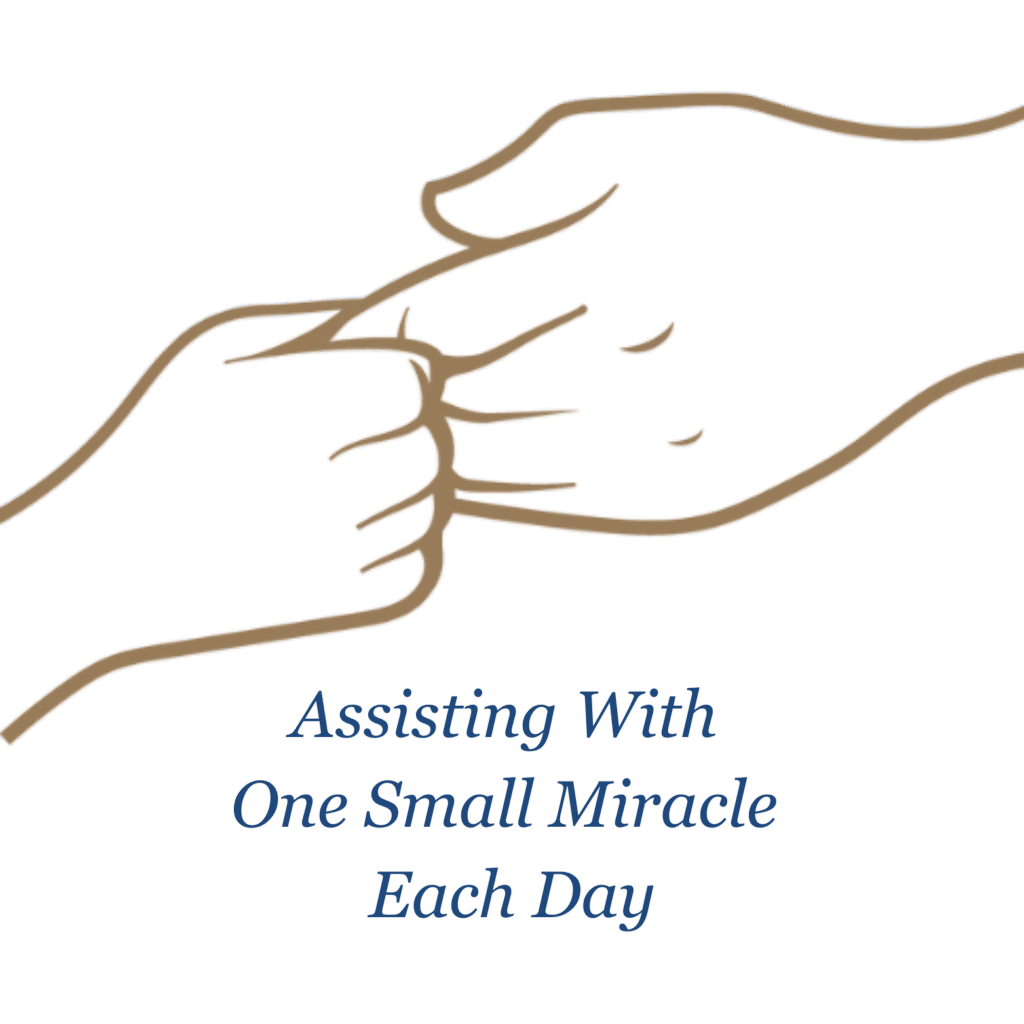SOME COOL STUFF ABOUT MEMORY AND ATTENTION
Memory is frequently “thrown around” by teachers and parents as an area of concern when a child is not reaching their perceived potential. In reality, there are multiple aspects of memory, and each aspect may be highly functional or less functional than would be ideal. Each aspect (subtype) impacts a different area of academic functioning.
When initially exposed to a stimulus, whether visual or auditory, holding that information in awareness for a brief period of time is critical to the understanding process. Beyond holding information, being able to manipulate/reorganize that information is necessary to see patterns (abstract reasoning), inferences (what might happen next), and to deduce (how does all this fit together), as that information is compared to previously learned information (long-term memory).
This ability to hold novel information in awareness for brief periods of time is referred to as working memory. Much of the information we place in working memory is trivial and is not required for use at a later time. Examples of trivial information include: the code you utilized to go through a car wash, what the sandwich special was when you were ordering at Subway, the face of a waiter/ waitress that served your table in a restaurant last night, what you ordered in the restaurant, how to find your way back to the exit gate in Disney World, the exact seat you were sitting in when you left to get popcorn at the movies, and so on.
These memories are important to manage the situation at hand, and that moment in time, but are not required to be stored in long-term memory for later use. However, if you visit Disney enough times, you will develop a long-term memory for how to get to the exit gate. If you go to the same restaurant enough times, you will begin to remember the waiter/waitress.
Such is the case with academic knowledge. The things you practice enough should become available in long-term memory for later use. When one is first exposed to letters, letter sounds, letter blends, rules of calculation and mathematics (addition, subtraction, and multiplication), rules of grammar, rules of syntax, rules of semantic categorizing, general knowledge about the world around oneself, rules of generating written expression (stroke directionality, horizontal alignment, vertical alignment, spacing), family heritage, cultural norms, and more, it all starts out in working memory.
So what it comes down to is that initially, bits of sensory information are stored in working memory (mental tray or clipboard) in the moment or for a few moments. If determined worthy of remembering or practiced enough over time, it will be moved (migrate) into long-term storage. In order to be moved to long-term storage, it must be rehearsed and practiced in a buffer that exists between working memory and long-term memory.
If practiced enough, concepts will be stored in various areas of the cerebral cortex that are associated with different types of memory storage. There are at least 20 areas of the cerebral cortex associated with holding different types of memories. The ability to efficiently store information in long-term memory varies greatly from individual to individual. To make things more complicated, different types of long-term memory are more or less efficient than other types of long-term memory across individuals.
One may have an uncanny recollection of events that transpired at the last family Thanksgiving dinner, but have great difficulty with remembering the sounds that are associated with specific symbols. One may remember how to get to a destination that requires complex driving directions after only one trip, but have a great difficulty remembering multiplication facts or people’s names.
The most primary requirement for information to have a reasonable opportunity to migrate into the buffer zone, and eventually into long-term memory, is to have a reasonable load of information available in working memory (mental tray/clipboard space). How much one can remember when presented with new information in the moment has a direct bearing on what is available to hold long enough to move, when deemed important, to long-term storage. While other things may impede long-term memory, having a reasonable amount of information held in immediate awareness (working memory) is critical to get a good start on moving information to long-term memory.
In my meetings with parents and related professionals, I frequently utilize the metaphor of a waiter/waitress that has excellent working memory to illustrate this critical cognitive skill requirement. Food servers who can take an order without writing down people’s requests, or recite specials from memory, while at the same time remembering what is transpiring on their other tables (e.g., someone needs water, someone needs their check, someone spilled a drink, the food is waiting in the kitchen, etc.) are much more efficient than those servers who write down what each person at the table would like or reads the specials from notes provided by the chef. The same goes for the classroom, the more information that can be managed at any moment in time, the more efficient the outcomes.
Are you smarter than a chimpanzee? To illustrate more vividly just what working memory is, and how it varies not only between people, but between species, please visit the following link.
If in fact you believe you have great working memory, consider taking on the challenge presented in the link cited below.
Many of our so called ADHD students were not “tricked” by this test of working memory, were you? Is it necessarily bad to be ADHD? That is a discussion for a future newsletter.
BREAKING RESEARCH ON DYSLEXIA
When it comes to learning to read, there is no such thing as a lazy child. As has been speculated for the last 20 or more years, inefficient neural circuitry (information processing systems) is the underlying variable that makes it difficult for some individuals to learn to read. Remember “THERE IS NO SUCH THING AS A LAZY CHILD.” Reading is simply an acquired skill like walking or talking. Most acquire walking and talking skills without much focused effort. It just kind of happens if given ample environmental opportunity. Reading should be the same. With the onset of neural imaging technology, dysfunction in specific brain regions can be directly linked to difficulties with reading. Particularly, superior temporal regions and the temporal parietal area on the left side of the brain have been associated with poor reading.
Groundbreaking research by Fumiko Hoeft and her colleagues show that beyond gray matter variables, white matter tracts are now associated with difficulties with reading. Therefore, it can be concluded that those children who struggle with developing reading skills, have pure neurocognitive limitations in their abilities to develop the skills at the same rate as their peers. Please visit the links provided below for more specific information on current neuroscience findings, as they relate to reading skill acquisition:
http://pss.sagepub.com/content/25/10/1870
http://www.newyorker.com/science/maria-konnikova/how-children-learn-read
LET ME TELL YOU ABOUT WHITE MATTER (GLIAL CELLS)
Despite everything that has been written about the brain, a potentially critical part of this vital organ has been overlooked-until now. The Other Brain examines the growing importance of glia, which make up approximately 85 percent of the cells in the brain, and the role they play in how the brain functions, malfunctions, and heals itself.
Long neglected as little more than cerebral packing material, glia (meaning “glue”) is now known to regulate the flow of information between neurons and to repair the brain and spinal cord after injury and stroke. But scientists are also discovering that diseased and damaged glia plays a significant role in psychiatric illnesses such as schizophrenia and depression, and in neurodegenerative diseases such as Parkinson’s and Alzheimer’s. Diseased glia can cause brain cancer and multiple sclerosis, is linked to infectious diseases such as HIV and prion disease (for example, mad cow disease), and is linked to chronic pain. The more we learn about these cells that make up the “other” brain, the more important they seem to be.
Written by a neuroscientist who is a leader in glial research, The Other Brain gives readers a much more complete understanding of how the brain works and an intriguing look at potentially revolutionary developments in brain science and medicine. Coach Mike highly recommends that all serious educators and psychologist read this book!
The Other Brain: The Scientific and Medical Breakthroughs That Will Heal Our Brains and Revolutionize Our Health – January 11, 2011 by R. Douglas Fields Ph.D. (Author)
DYLEXIA INSTITUTE OF SOUTH FLORIDA “EDISON ACADEMY” – UPDATE
Our prescriptive, cognitive and academic remediation day treatment program has experienced unprecedented growth over the past year. As a consequence, we have expanded our facility in Weston to meet the needs of our ever growing enrollment.
Beyond Weston, in response to the clear need for such a center to aggressively remediate cognitive and learning challenges in lieu of a typical school, we have recently opened a second site in the South Miami-Coral Gables area.
For more information as it relates to providing aggressive, prescriptive remediation (therapy) to assist children in maximizing their potential cognitively, academically, socially, and emotionally, before resigning oneself to a label or a school that provides resource support or specialized programming, please contact our office and speak with Karen at 954-577-3396.
I’d Rather be Fishing” with Coach Mike and Staff!
Yellowtail Snapper, Mutton Snapper, and Dolphin are in!
Let’s Go Get Them!
This is a Social Skills oriented event run by Child Provider Specialists. The staff participates in this activity four times per year. Participants learn to improve social skills in a relaxed, fun oriented, real life, leisure-time activity. Children learn the value of patience and the reward of team work. Children who attend have opportunities to bond with peers and coaches, problem solve, feel a sense of accomplishment, and of course, feel the the thrill of being an angler! Our staff prides itself on providing an experience that has positive long lasting effects.
We launch from our local beach and fish the beautiful reefs of South Florida for Grouper, Snapper, Yellowtail, King Fish, and much more!
Come Join Us: Sunday October 4th, 2015
Where: Fisherman Headquarters
301 Sea Breeze Blvd.,
Fort Lauderdale 33316
Contact Karen to reserve your spot. 954-577-3396
Don’t Strike Out, Come Socialize!
The ever changing social demands of today’s environment are something a lot of our children need help with. By attending our bowling social club you can help your child expand their social development with formal groups lead by our trained child psychologist, utilizing the foundations of Michelle Garcia Winner. Some of the skills focused on include the development of self-awareness, perspective taking, management of interpersonal relationships with others, and the complex conversational skills required to establish and maintain friendships. Interventions are delivered during a structured 30-45 minute group activity after which group members bowl in teams and social performance is assessed and addressed informally. At the end of group participants are provided with pizza and refreshments. We meet every Wednesday from 5:00pm – 6:30pm at the Davie Bowling Lanes. If you would like more information please feel free to contact our office at 954-577-3396. New faces are always welcome!
Welcome Our Newest Team Member
Craig Handwerker has joined Child Provider Specialists in assisting our children to feel encouraged, challenged, and convicted as he confronts and processes the hopes of their lives. Craig is a licensed Mental Health Counselor and has been counseling individuals and families since 1996. His theoretical approach to counseling is eclectic where he incorporates primarily cognitive-behavioral, solution-focused and psychodynamic approaches to counseling.
Andrea Johnson is a Florida native and the newest member of our team at Child Provider Specialists. She received her master’s degree in communication science and disorders, and is Orton Gillingham certified. Orton Gillingham is a research based multi-sensory approach to reading intervention. When implemented, along with language strategies, Andrea has found great academic success. We welcome Andrea to our team!!
Therapeutic Summer Program
Don’t Miss Out!!
Spend the summer training your brain while also having fun at our Summer Brainforest Camp. Our program is designed to provide each participant with the opportunity to learn and develop skills based on his/her individual needs. Fun and challenging activities will be embedded in the child’s daily program in order to make the learning process an enjoyable one. Please call Karen for more information, 954-577-3396.






